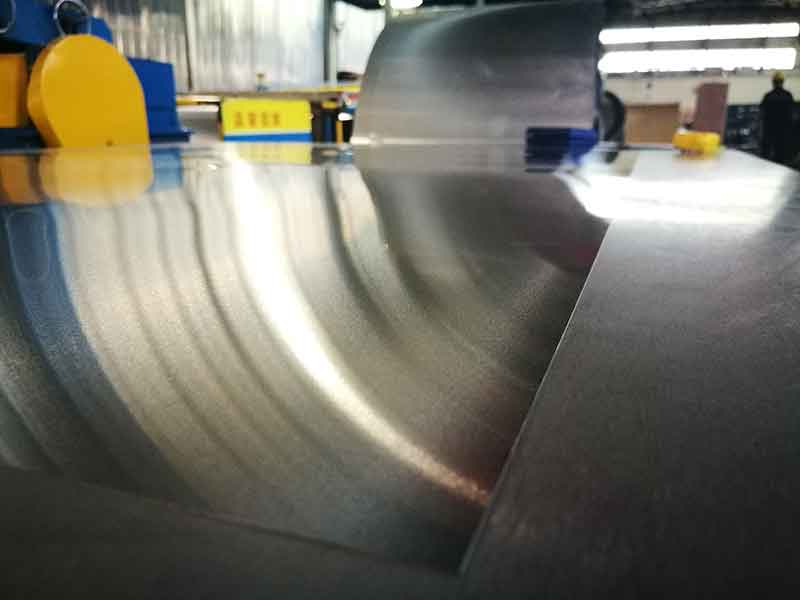A printed circuit board (PCB) serves as a foundation and mechanical support for electronic components. Non-conductive surfaces, printed circuit boards are also referred to as etched wiring boards and printed wiring boards. After it is populated with conductive pathways, signal traces and electronic components, it is referred to either as a printed circuit board assembly (PCBA) or a printed circuit assembly (PCA).

An entry material for use in drilling circuit boards to avoid marring of such boards comprises a wood pulp-glass composite substrate (14) having aluminum foil (15, 16) bonded to the opposite surfaces thereof. This entry material is relatively economical and has a stiffness sufficient to avoid upward bending or "oil canning" when pressure feet spaced from the drill are employed to hold the workpiece during drilling and further has enough strength to withstand high torsional drill forces with drills operating for high rates of material removal. The double layers of foil separated by the low heat conductive substrate material affords a pair of heat sinks which more effectively can carry away heat from the drill.

